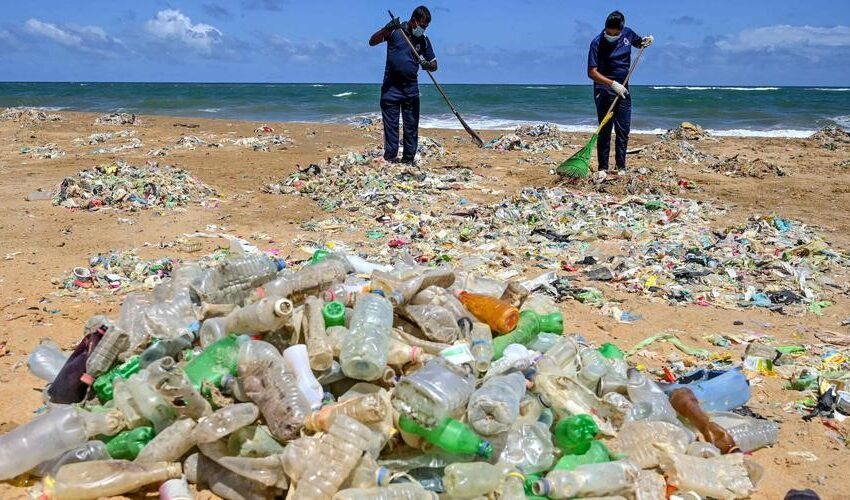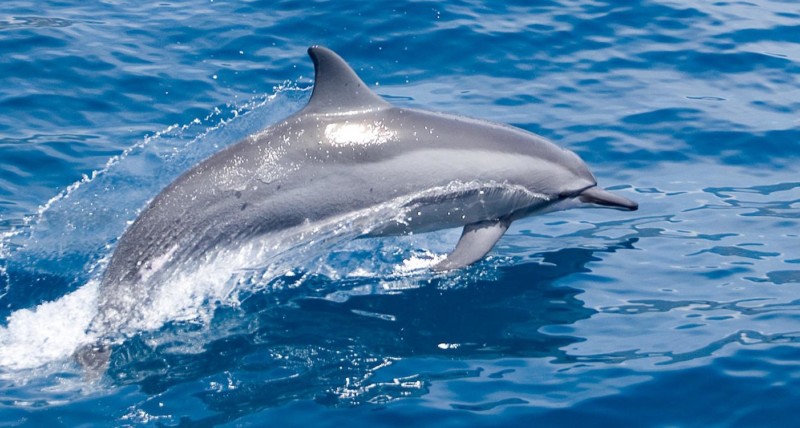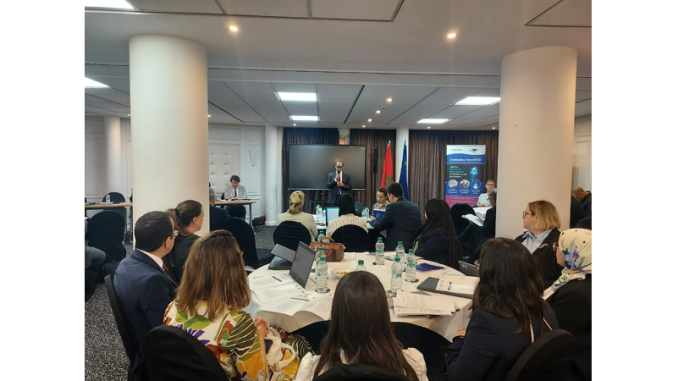Ocean plastic pollution is one of the greatest environmental challenges of our time. Every year, between 5 and 13 million tons of plastic waste end up in the oceans, threatening marine life and the global ecosystem.
According to the European Commission, alarming figures reveal the extent of the problem. Plastic waste often contains hazardous substances, causing harmful physical and chemical effects on marine and terrestrial animals. They risk entanglement or ingestion, blocking their digestive tract and exposing them to toxic additives. For instance, turtles face disrupted movements during hatching due to plastic waste.
The sources of this pollution are diverse. Plastic waste is directly dumped into the sea through maritime tourism activities, while others originate from continents, carried by wind and water currents. Plastic equipment used in fishing also contributes significantly to this pollution. According to National Geographic, the Mediterranean is the world’s most polluted sea, highlighting the severity of the issue.
The increased production of plastic leads to a rise in plastic waste. Key challenges include the significant accumulation of plastic waste in the oceans, making their collection complex, especially microplastics, which are difficult to detect and remove. Despite resistance to change and lack of awareness, innovative solutions exist.
Firstly, to prevent this pollution, it is essential to reduce plastic production, ban single-use plastic items, and promote recycling. On March 2, 2022, at the 5th United Nations Environment Assembly (UNEA) in Nairobi, 175 countries adopted Resolution 5/14, aiming to develop a global treaty against plastic pollution by 2024.
The development of sustainable materials to replace traditional plastics and the creation of ocean cleaning technologies, such as those by the international organization 4Ocean, show promise. Investing in infrastructure for rational waste management and implementing environmental awareness strategies are crucial.
According to environmental communicator Anas Seko, « It is crucial to educate young people from school through programs like the School Environmental Education Program (PMS) by SGDS, which integrates environmental protection and the impacts of plastic pollution into its curriculum. » Using various communication channels, organizing events, and collaborating with influencers are strategies to promote eco-friendly behaviors among a wide audience.
The activist emphasizes that « these initiatives are essential for raising public awareness, starting with children. » Indeed, by raising awareness from a young age, lasting behavior change can be expected. He stresses the importance of « promoting very interesting eco-friendly gestures, using several communication channels, using city awareness panels, leveraging social media, and organizing major events around plastic.




